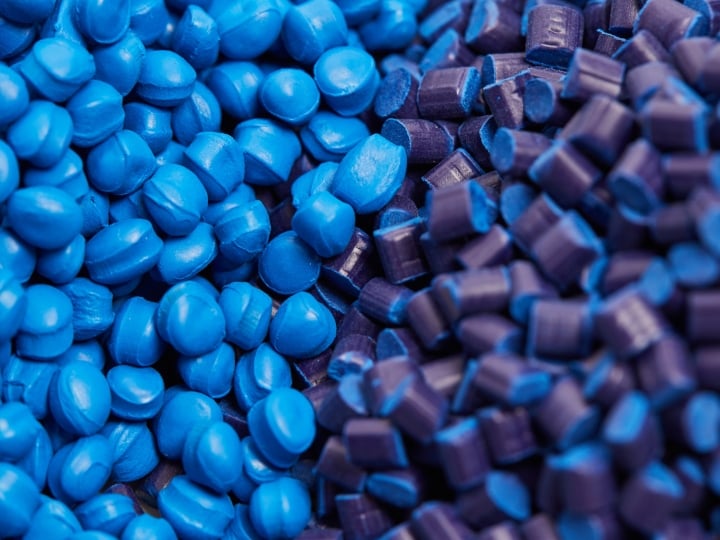Dielectric Strength ASTM D149, IEC 60243
Dielectric Strength is a measure of the electrical strength of a material as an insulator. Dielectric strength is defined as the maximum voltage required to produce a dielectric breakdown through the material and is expressed as Volts per unit thickness. A higher dielectric strength represents a better quality of insulator.
Test Procedure:
There are three basic procedures that can be used to determine the dielectric strength of an insulator. These procedures are the short-time method, the slow rate-of-rise method and the step-by-step method. Each of these three methods has the same basic set-up, which consists of the test specimen placed between two electrodes in air or oil.
For the most common test, the short-time method, voltage is applied across the two electrodes and raised from zero to dielectric breakdown at a uniform rate. Breakdown is when an electrical burn-through punctures the sample, or decomposition occurs in the specimen. The rate of voltage rise is determined by the time it takes the sample to reach dielectric breakdown.
The slow-rate-of rise method starts at 50% of the breakdown voltage as determined by the short-time-method and is increased at a uniform rate.
The step-by-step method starts at 50% of the short-time-test then voltage is increased at equal increments for a specified time period until breakdown. The test is sometimes performed in oil to prevent arcing from the electrode to the ground.
Specimen size:
The recommended specimen type for this test is a 4 inch plaque or larger. Any specimen thickness can be used; however the most common thickness is between 0.8 to 3.2 mm (0.032 to 0.125 inch). Specimens over 2 mm thick are typically tested in oil to decrease the chance of flashover before breakdown.
Data:
Dielectric strength is calculated by dividing the breakdown voltage by the thickness of the sample. The data is expressed in Volts/mil. The location of the failure is also recorded. A higher dielectric strength represents a better quality of insulator.
**Please note that this test description is intentionally generic in nature and aimed at providing a descriptive summary to enhance test understanding. Due to copyright restrictions, we are not able to provide copies of standards. Standards can be obtained from appropriate standards authorities.
Polymers News and Events
Meet our team at K2025 Reach out now
LEARN how CircularAssure helps you to close the loop in the circular economy for plastics
TECHNICAL TALK: Circularity - Addressing Challenges in Material Development through Evaluation Programs
WHITE PAPER: Quality Assurance Strategies for Recycled Plastics
WHITE PAPER: Materials Characterisation for the Automotive Supply Chain
BROCHURE: Injection Moulding Test Specimen Production Catalogue
ARTICLE: Processability and evaluation programmes for recycled plastic materials
ARTICLE: Adhesives Quality Assurance Testing Programs
CASE STUDY: Polymer Surface Contamination Resolution
CASE STUDY: Elastomer Seal Material Failure
CASE STUDY: Polymer Failure - Distribution and Dispersion of Fillers
